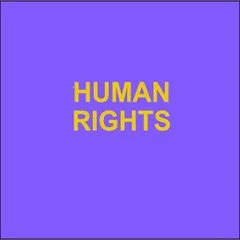By Australian Human Rights Commission
In April and May 2024, the Commission visited the Broadmeadows Residential Precinct (BRP) and parts of the Melbourne Immigration Detention Centre (MIDC), the Villawood Immigration Detention Centre (VIDC), and the Perth Immigration Detention Centre (PIDC), all facilities where women are held. This Report documents the key observations arising from the Commission’s inspection of these facilities. Some of the issues that the Commission identifies are specific to individual facilities and others are systemic in nature. The Report finds that in an overwhelmingly male system, women in immigration detention are often an afterthought when it comes to detention infrastructure, the provision of programs and activities, equitable access to services and the delivery of staff training. Women’s experiences of detention differ substantially from men’s, not only because they are minorities, but because they have particular needs and vulnerabilities that are often unrecognised and unmet. For many of the women, the negative impacts of detention are compounded by histories of abuse and trauma and heightened risk of exposure to violence and sexual harassment. The Report finds that these impacts are exacerbated by the continued use of operational quarantine (separation from the main population without medical symptoms) and the probable separation from family supports owing to the limited accommodation available for women close to their families and the inadequacy of visiting facilities for those with children. The Report finds that women have fewer opportunities for meaningful self-development, and the programs and activities offered are often unresponsive to their needs or not age appropriate. Staff working in these facilities often have no specific training on the vulnerabilities and needs of women in their care, which can result in routine activities being undertaken insensitively or exposing women to further trauma. The Report emphasises concern about women being routinely exposed to the possibility of harassment and violence because many of the services that are available to them are located in male compounds or adjacent to them. In particular, the Report highlights concern about the co-location of men and women in the Broadmeadows Residential Precinct and, the safety of women at Villawood Immigration Detention Centre, who are housed next to a compound with registered sexual offenders. The recommendations made in this Report are designed to assist the Department to improve the situation for women in immigration detention, ensuring they are managed safely, while also protecting their human rights.
Sydney: Australian Human Rights Commission, 2024. 93p.



